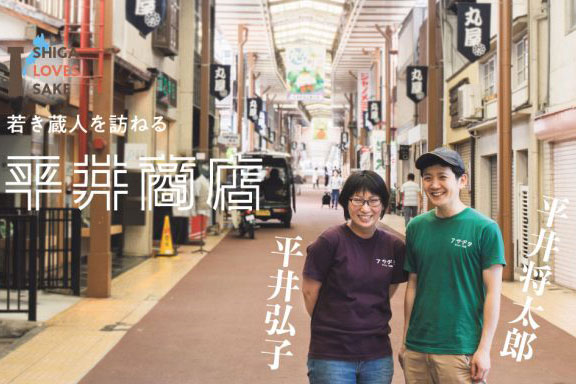
[Visiting a sake brewery in Shiga ①] [Hirai Shoten] / Otsu
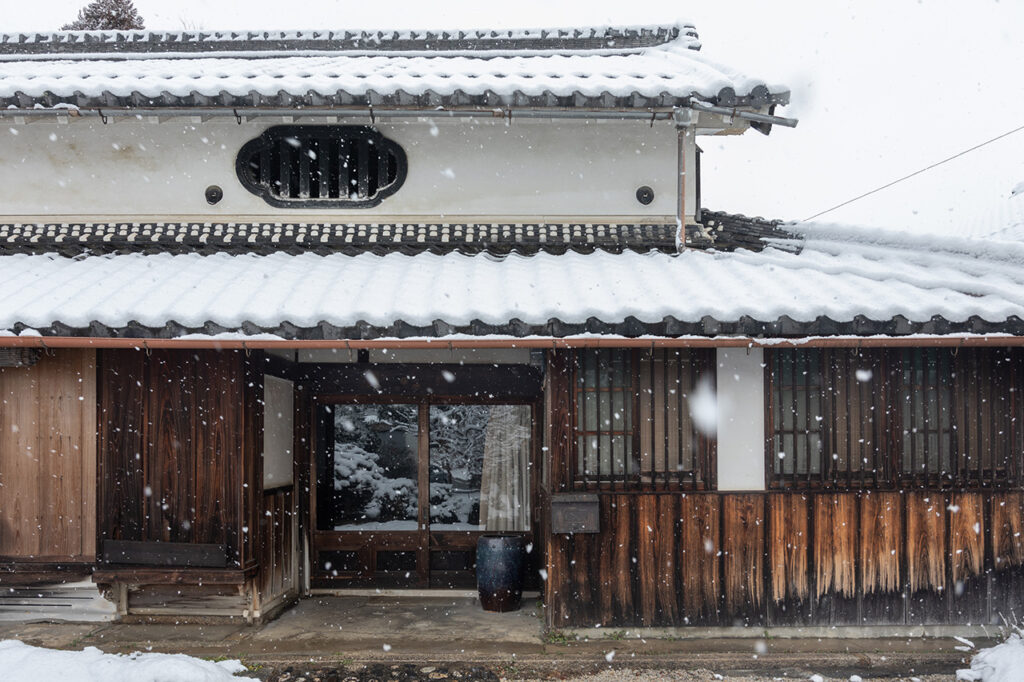

Shiga is a plain area centered on Lake Biwa, Japan's largest lake, and the underground water from the surrounding mountains is still used as the brewing water for many sake breweries. Focus on the unique sake breweries and their passion for sake brewing. For our 10th installment, we visited [Seko Sake Brewery] in Koka-cho, Koka City, which is fascinated by the "subtle" taste of Koka and continues to make sake.
“At that time, I was young and couldn’t go to a good restaurant, so I had never tasted good sake. Vodka, gin. Mr. Toshiyuki Ueno.
What I look back on is the first time I drank sake from [Seko Shuzo].
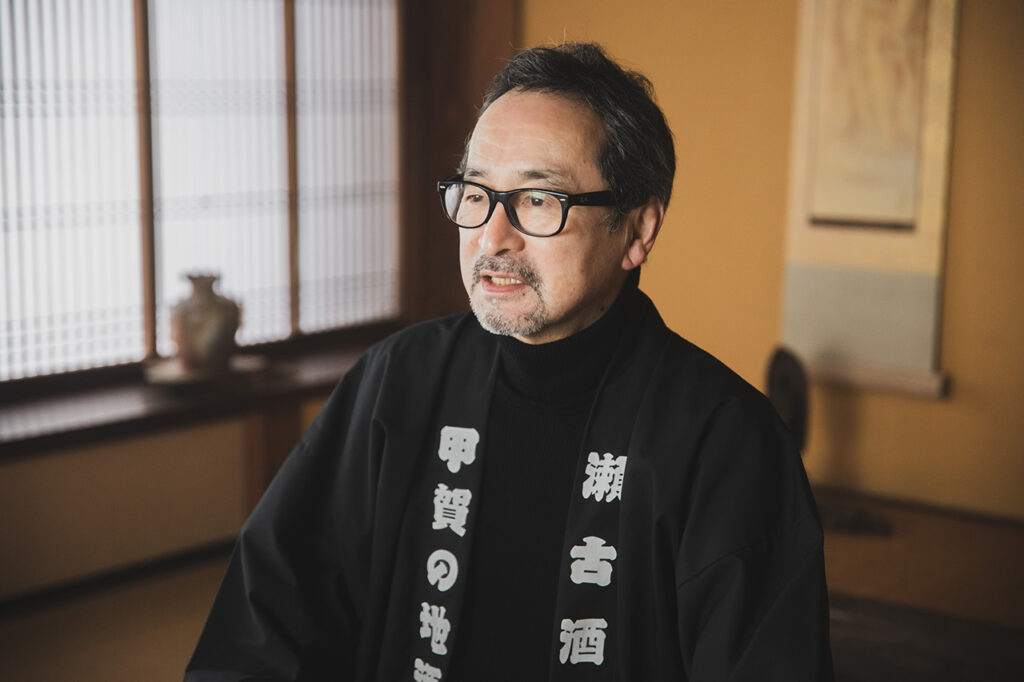

[Seko Sake Brewery] is the home of Mr. Ueno's wife, Atsuko. Originally from Saitama Prefecture, Toshiyuki, who was working in advertising in Tokyo, met Atsuko, who was also working for a publishing company in Tokyo, when he was in his twenties. Sake made at Atsuko's parents' house was sent to her... “I was surprised that this was sake. Although he was attracted to the taste and aroma of sake, which was different from the image he had of sake until then, he laughed, saying, "For a while, it was someone else's problem."
Even after marrying Atsuko at the age of 26, the two lived in Tokyo, and for Toshiyuki, Seko Sake Brewery was the hometown of his wife, whom he occasionally visited.
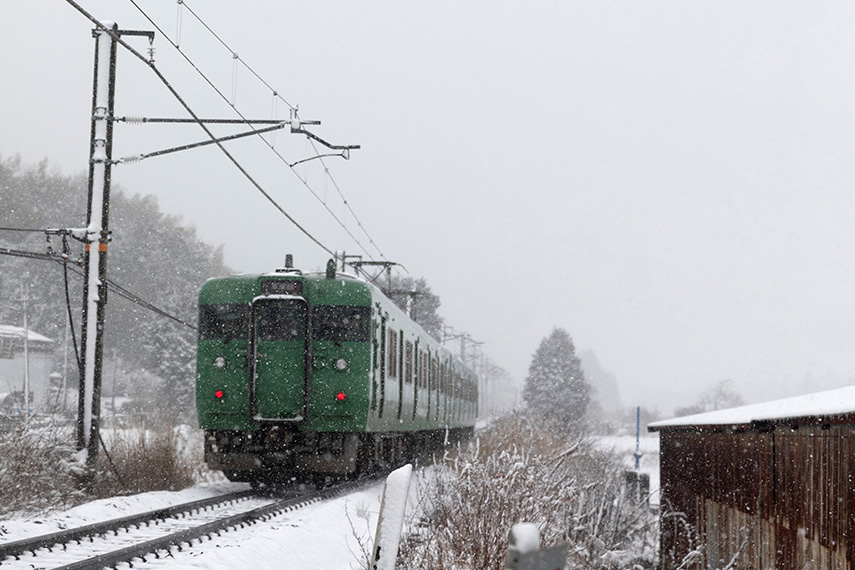

[Seko Shuzo] is near Aburahi Station on the JR Kusatsu Line. The next station, Tsuge, is already in Mie prefecture. Surrounded by mountains and fields, the environment is very different from Tokyo, but it seems that there was something familiar with the skin. “Even after I started coming here on New Year’s Day, I never thought, ‘I want to go back to Tokyo as soon as possible.’ It’s certainly different from the city. No. If you live in the city, you may wonder how you live.You don't have to look at the timetable for trains, as long as you wait, they will come one after another.But if there is only one train per hour, All you have to do is match the time. Our house is in front of the station, so it's not inconvenient at all."
It was in his 40s that Toshiyuki began to become seriously involved in sake brewing.
Toshiyuki moved to Shiga, leaving Atsuko in Tokyo as he needed to support his father-in-law, who had fallen ill.
“At that time, the chief brewers from Noto brought five or six brewers with them, so we had to find someone to deal with them, place orders, and deliver.” This is how I ended up working at a sake brewery, but in addition, my father-in-law decided that instead of inviting a chief brewer in the future, we would do it ourselves. Ta.
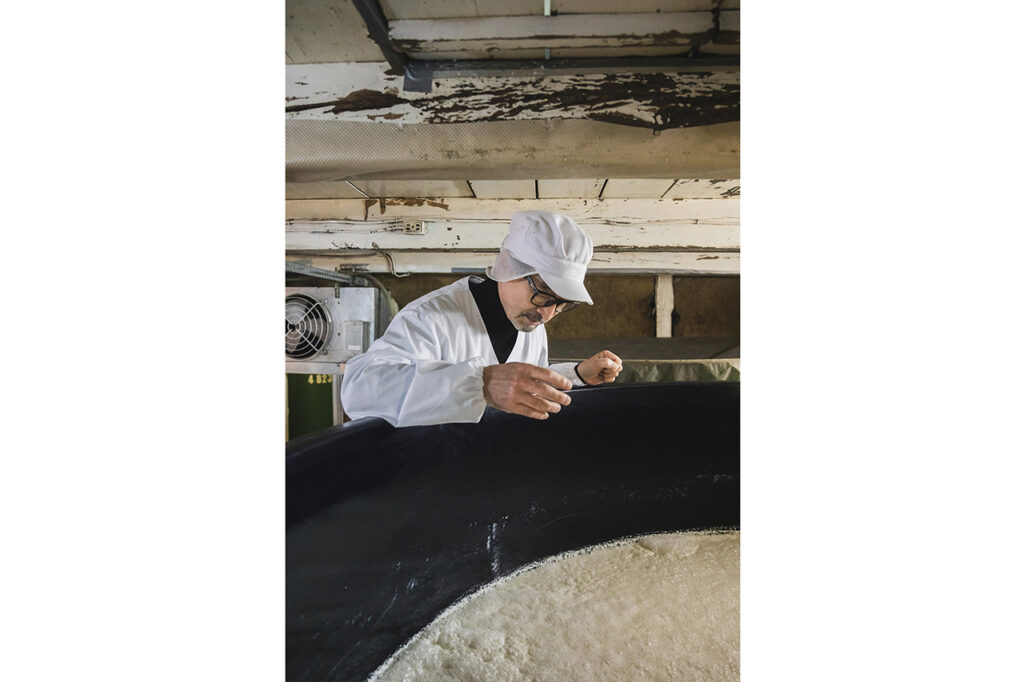
Mr. Toshiyuki Ueno / 5th generation brewer of [Seko Shuzo]. Born in 1958, from Saitama prefecture. About 20 years ago, he started brewing sake at [Seko Sake Brewery], the home of his wife. About 10 years have passed since I became the representative director

“At first, I thought that I couldn’t make sake without a toji. I tried it, and it turned out well. I've been doing it for about 20 years since then."
Although he started sake brewing as a sake brewer, he is an outsider from Tokyo. Nowadays, there is a lot of exchange between breweries, but at the time I didn't have any acquaintances to exchange information with, so I was mostly self-taught in sake brewing. "I couldn't sleep for days on end... I was worried about the temperature and went to see the tank many times in the middle of the night," says Toshiyuki. . “Sake brewing is the process of making sake from rice and water. What we do is almost the same every day. , No matter how many years pass, I still feel numb and nervous about the preparation of the first one.”
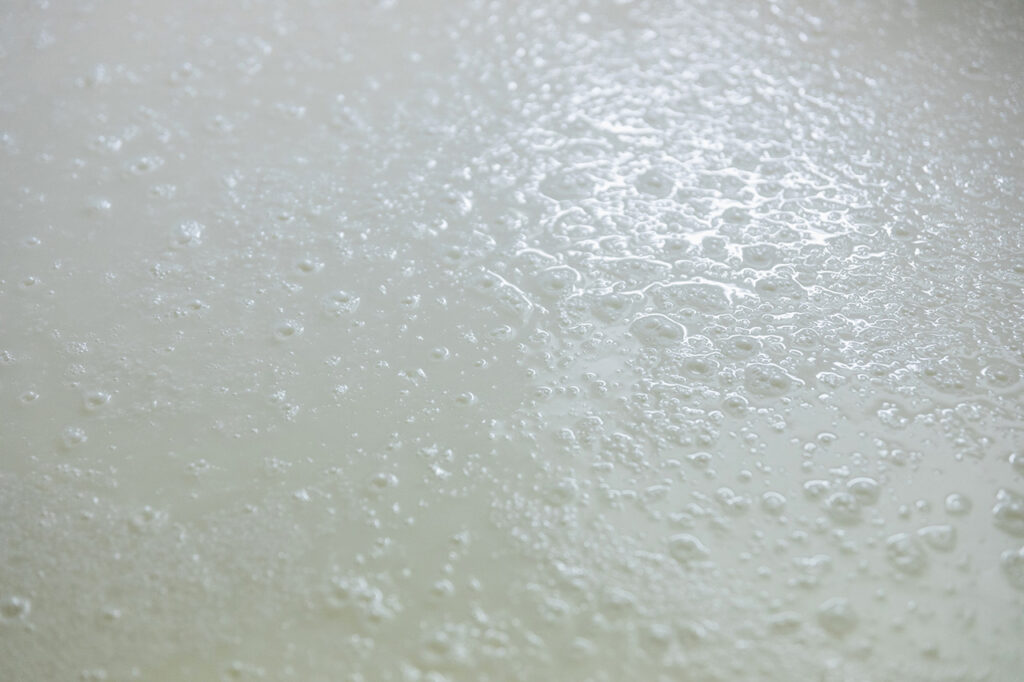

Toshiyuki is particular about using Koka rice and water. “This area used to be the bottom of Lake Biwa in ancient times. Thanks to the mineral-rich clay soil, which is locally called 'Zurinko,' we can grow good quality rice. I haven't been able to produce it yet, but eventually I want to make sake using only Koka rice."
Groundwater on the premises is also used for water. The mellow yet crisp underground water from the Suzuka mountain range tightens the sake of [Seko Shuzo]. However, Koka's taste is not the same.
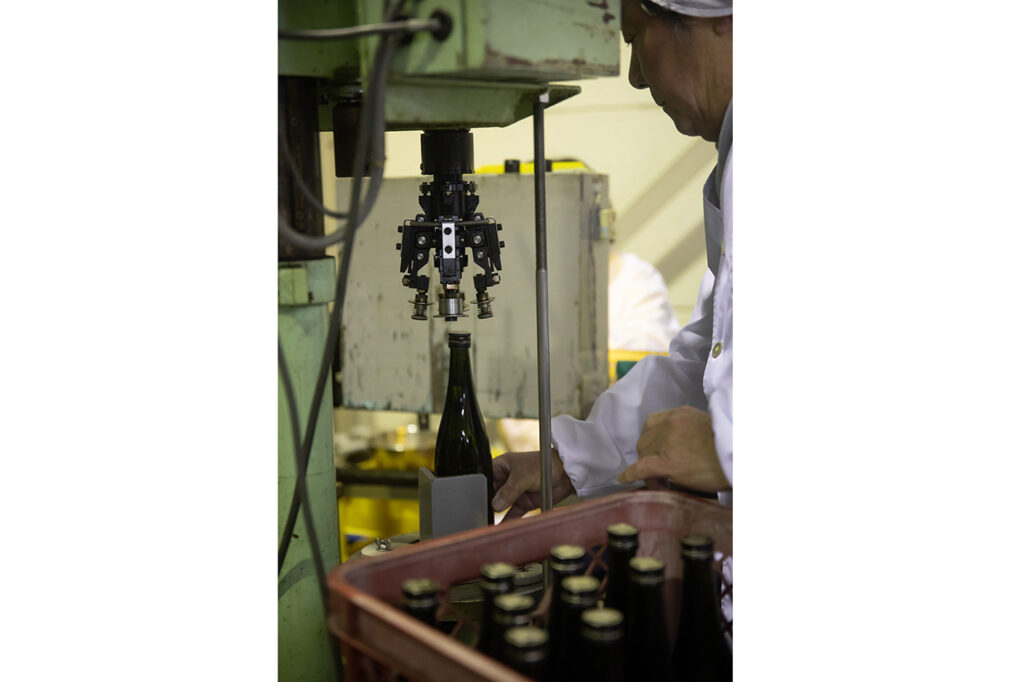

The “Junmai Ginjo Ninja Terroir Series” are three sakes that allow you to enjoy the differences in Koka rice. “We keep the same proportions of yeast, koji mold, and water, but change the rice.
Mr. Toshiyuki, who moved from Tokyo and overcame environmental changes, conveys the appeal of the “terroir” created by the rice and water of Koka. The quest for sake brewing continues.
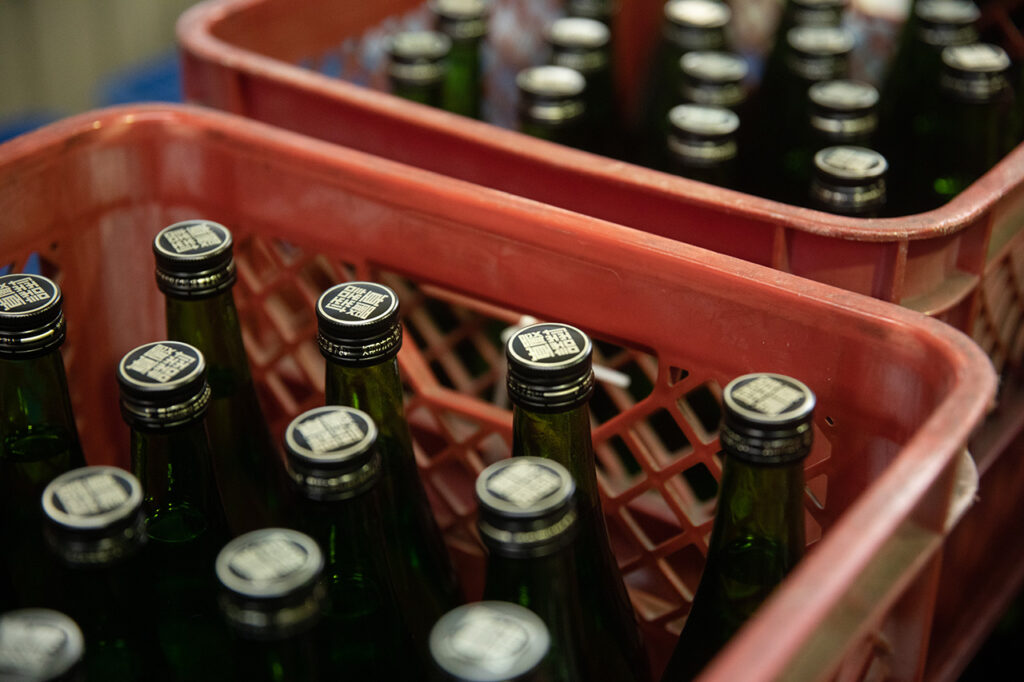

“You can see the rice fields when you are on the train. Born and raised in a different place, and experienced in a completely different line of work, Toshiyuki's sense of style brings a breath of fresh air to this historical sake brewery, which was founded in 1869. I have lived in Koka for over 20 years. It was snowing heavily when I visited for coverage, and the area was covered with silver.
"What is life like here? It's a semi-rural place, so the stars are beautiful. But lately, I wonder if it's getting cold." On a day like this, you'll be waiting for spring with hot sake in one hand and looking up at the night sky.
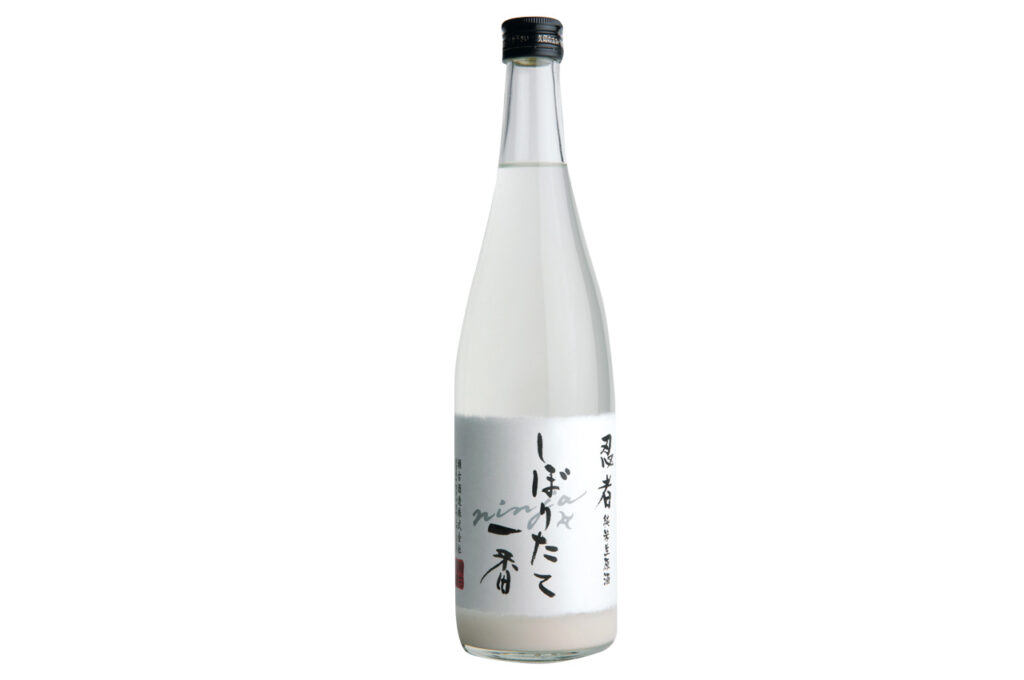
Junmai Ninja Shiboritate Ichiban <Usunigori> Slightly foaming 720ml ¥1,600 / Limited to 100 bottles from early March. Slightly sweet taste and spiciness of carbonic acid are exquisite. Recommended cold

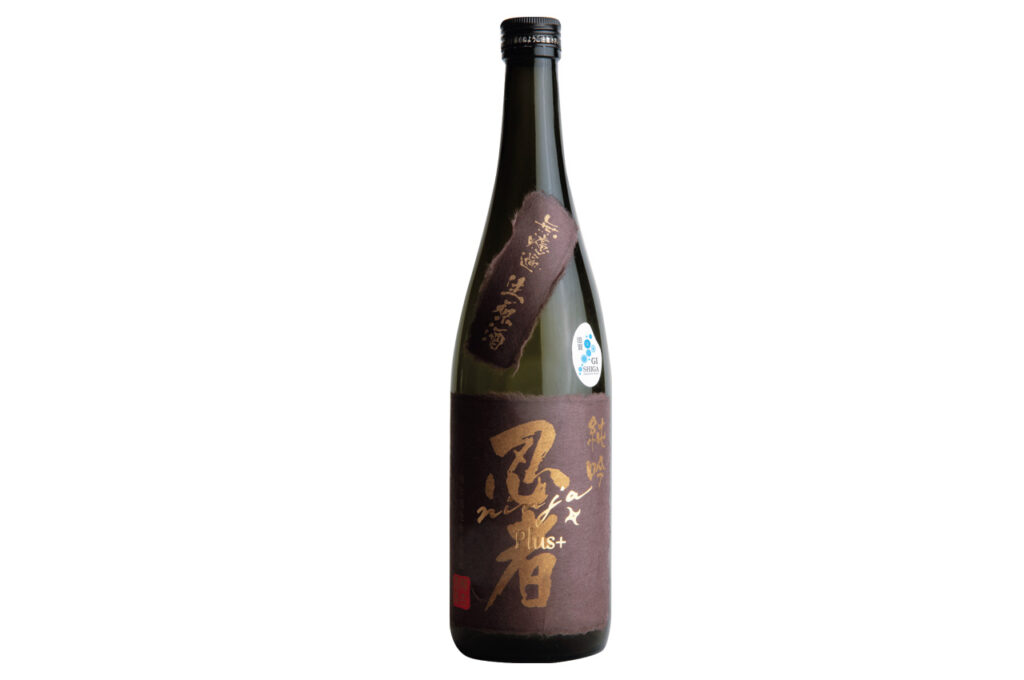
Junmai Ginjo Ninja Plus Unfiltered Genshu Nama 720ml ¥1,650 / You can enjoy the unique aroma of grains grown in Shiga Prefecture, Tamaei. Clean taste. Cold is recommended. Year-round sales

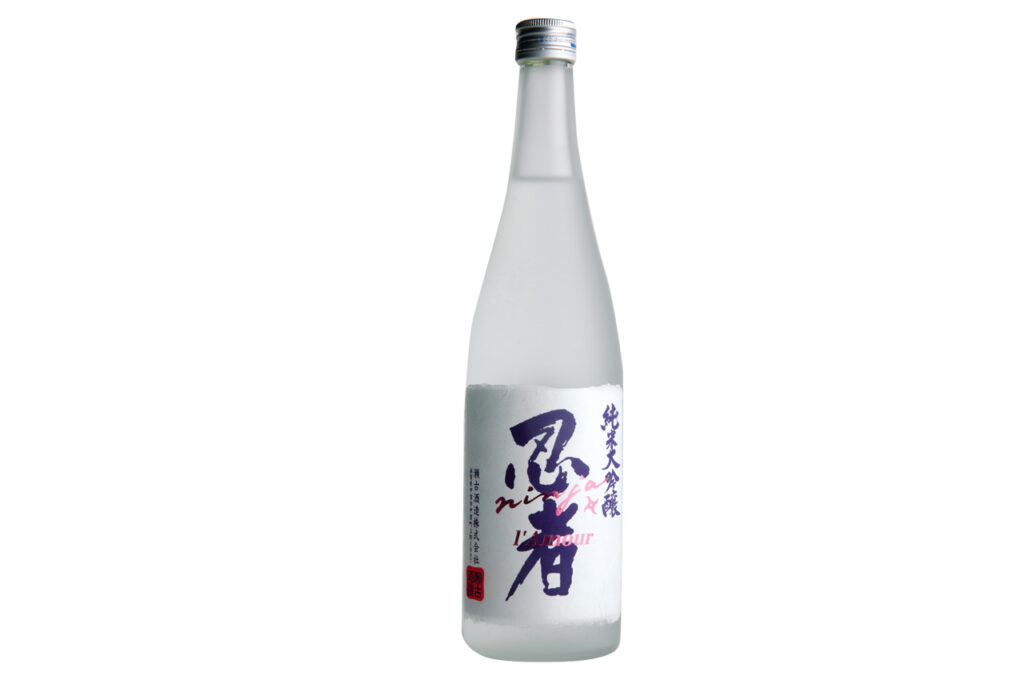
Junmai Daiginjo Ninja l'amour 720ml ¥2,250 / Uses Aizan rice from Hyogo Prefecture. It is recommended to drink it well chilled and enjoy the acidity and sweetness. Year-round sales

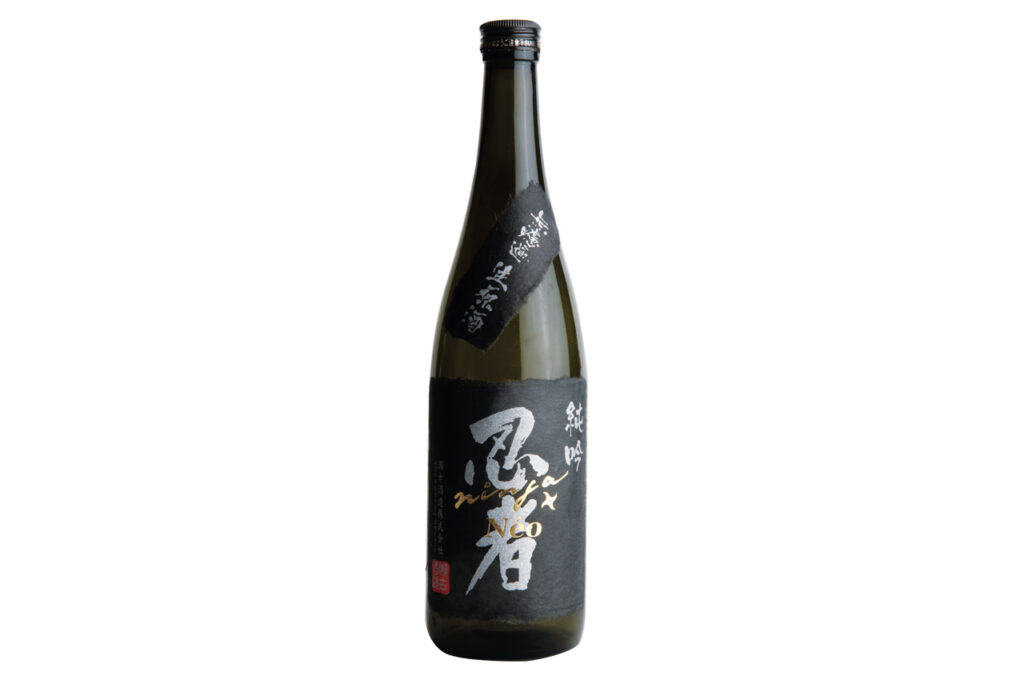
Junmai Ginjo Ninja NEO Unfiltered 720ml ¥1,650 / A bottle filled with the rich flavor of Miyama Nishiki rice from Shiga Prefecture. You can enjoy the delicious and spicy taste. Cold is recommended. Year-round sales

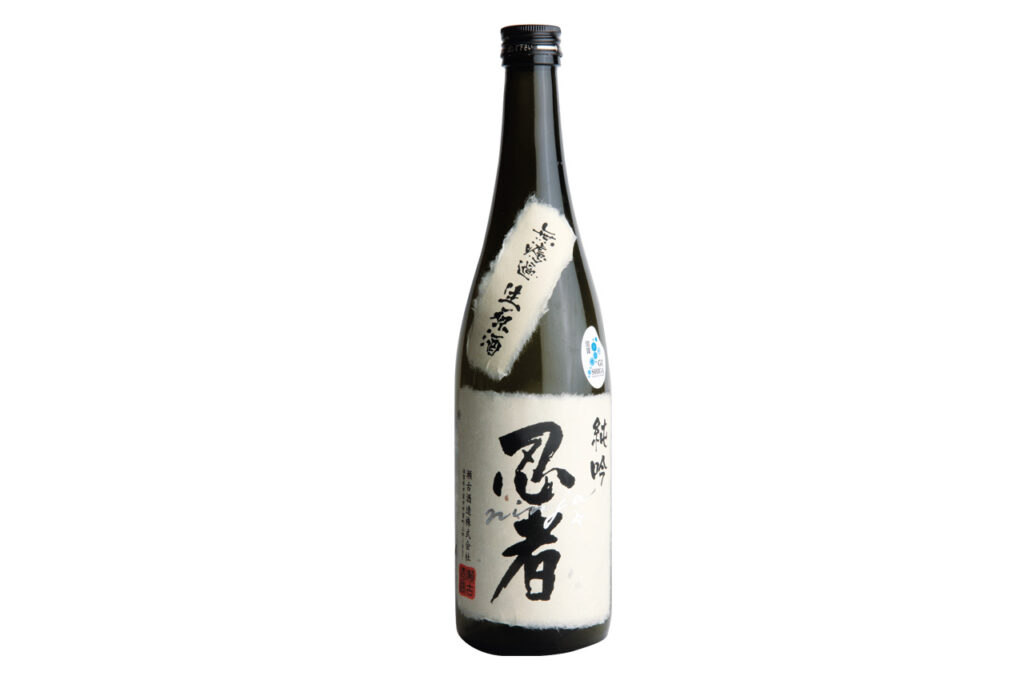
Junmai Ginjo Ninja Unfiltered 720ml ¥1,650 / Made with Ginfubuki grown in Shiga Prefecture, this sake has a slightly dry taste with a hint of rice flavor. Either cold or hot. Goes well with a meal

■ Shiga Prefecture
[Ogawa Liquor Store] 077-524-2203 / 2-1-31 Hamaotsu, Otsu City, Shiga Prefecture
[Kato Liquor Store] 077-522-4546 / 13-1 Kinoshita-cho, Otsu City, Shiga Prefecture
[Kintetsu Kusatsu Branch] 077-564-1111/1-1-50 Shibukawa, Kusatsu City, Shiga Prefecture
■ Kyoto Prefecture
[Nishimoto Liquor Store] 0120-240-452 / 480 Miyagi-cho, Nishinotoin Nishiiriru, Aneyakoji-dori, Nakagyo-ku, Kyoto-shi, Kyoto
[Asano Japanese sake store Kyoto store] 075-748-6641 / 576-1 Takamiya-cho, Nakagyo-ku, Kyoto-shi, Kyoto
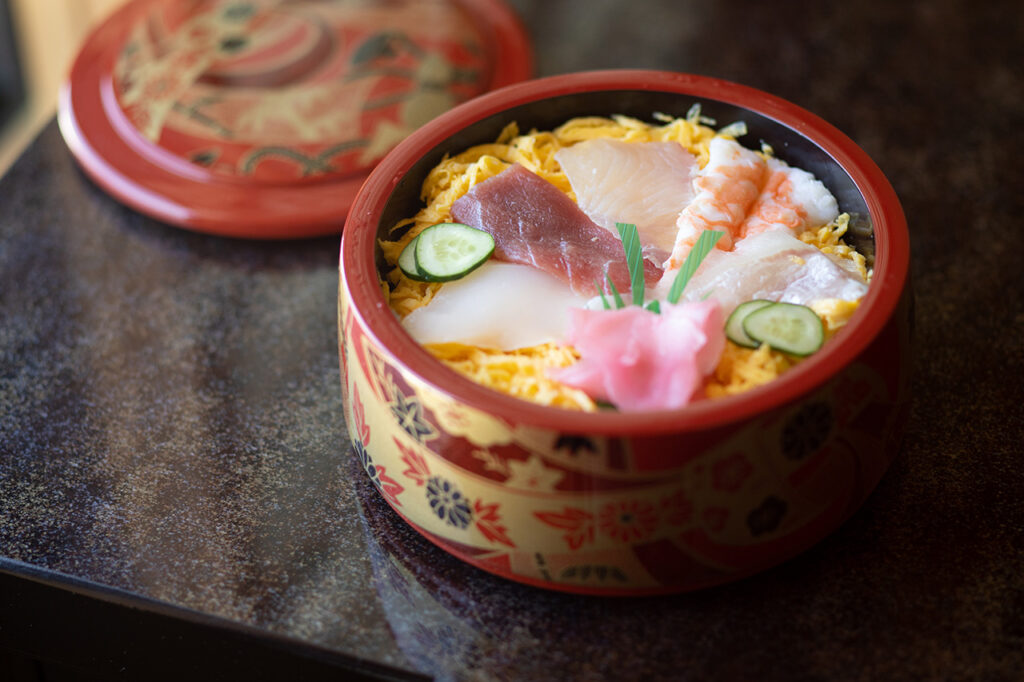
Seafood chirashi 1100 yen. A popular menu of sushi rice made with Omi rice Nihonbare, topped with finely chopped Mizuguchi kanpyo, shiitake mushrooms, Koya tofu, and topped with kinshi tamago and seafood.

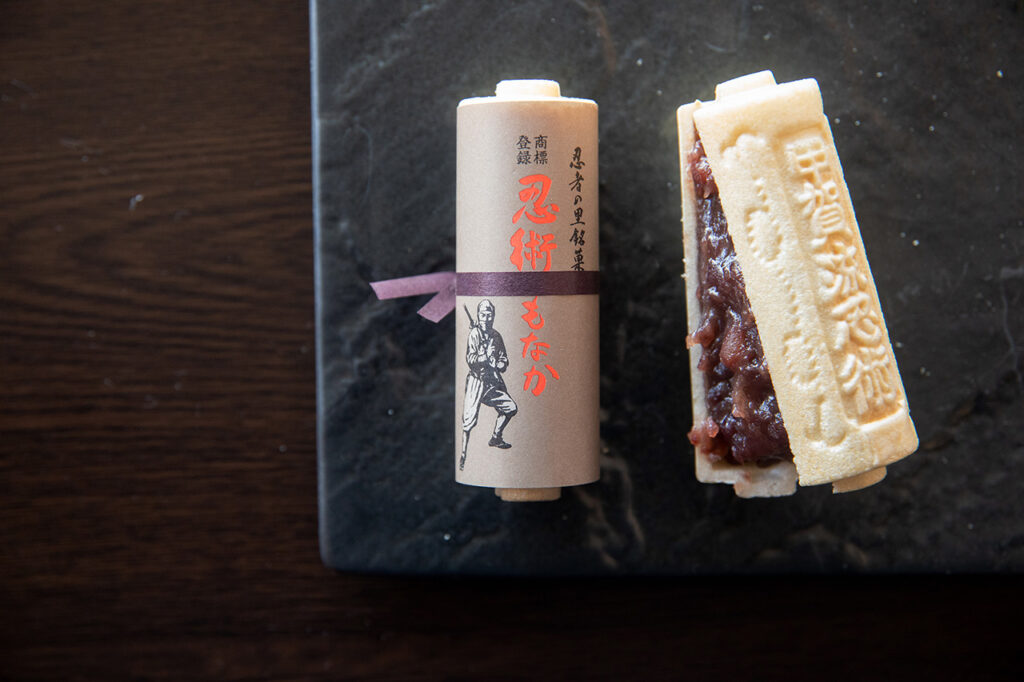
Ninjutsu monaka is 216 yen per bottle. In addition to Ninjutsu Monaka, which is easy to eat and has a long, narrow shape filled with red bean paste made with red beans from Tokachi, Hokkaido, there is also the Kunoichi Monaka, which is square and filling.

Over 600 interviews per year! An order site carefully selected by the editors who knows Kyoto and Shiga.
nowOfficial LINE friend registration500 yen OFF coupon is being issued!
Distributed every Friday morning at 8:00 am! From new restaurant information to event information that we want to share with you, We deliver articles about Kyoto that are useful to know. About 20,000 people have registered.Click here to add a friend!
 News
News Feature article
Feature article Featured event
Featured event